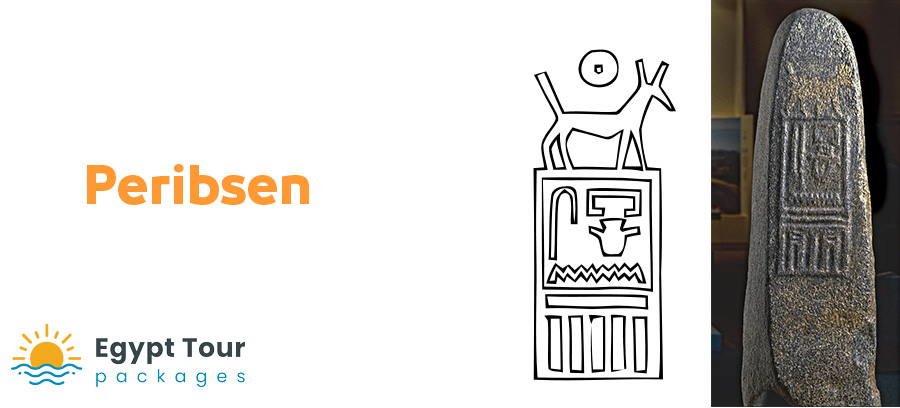Peribsen | Ancient Egyptian History
Who was the Pharoah Peribsen?
King Peribsen was an ancient Egyptian Pharoah of the Second Dynasty, Early Dynastic Period. His predecessor was Ninetjer and his successor was Khasekhemwy, the builder of Shunet El Zebib.
Peribsen Family
Until now, we have no idea about the Peribsen family or wives but most probably he was not from the royal family. According to some historians, Peribsen leads a coup to overthrow the sitting king.
He is most known for changing with the royal tradition of associating himself with the god Horus and instead putting God Seth, the jackal, on top of his Serekh.
There was a political and religious conflict between the followers of Horus and Seth for many years. In other words, there was a civil war between Upper and Lower Egypt and Peribsen made an obvious political statement about it by changing his name and supporting Seth against Horus.
Pharoah Royal titulary
We found 3 names for the Pharoah Peribsen and seems he changed the Egyptian traditions of that time by replacing God Seth instead of Horus in his Horus name.
Horus name
Sekhemib
means the power of the heart
Seth Peribsen
Seth, the one who has come forth from them
Nebty Name
Sekhemib Per-en-maat
The two ladies, powerful of heart, who has come forth from the cosmological order”
Throne name
Peribsen
Facts about Peribsen
- Peribsen ruled Egypt for about seventeen years
- He was the first king to write his name on a cartouche in Saqqara
- King Peribsen has a tomb P in Abydos at Umm El Qaab square building without any side chambers
- There is a seal for the Pharoah in National Museums Liverpool
- One seal made out of clay was found in a tomb in Beit Khallaf in Upper Egypt
- A Granite stele was found inside his tomb
- Abydos king List, Saqqara King List included Peribsen
- Royal Canyon of Turin and Ramesside King List include his name
- Beads and bracelets made of faience and copper were excavated


